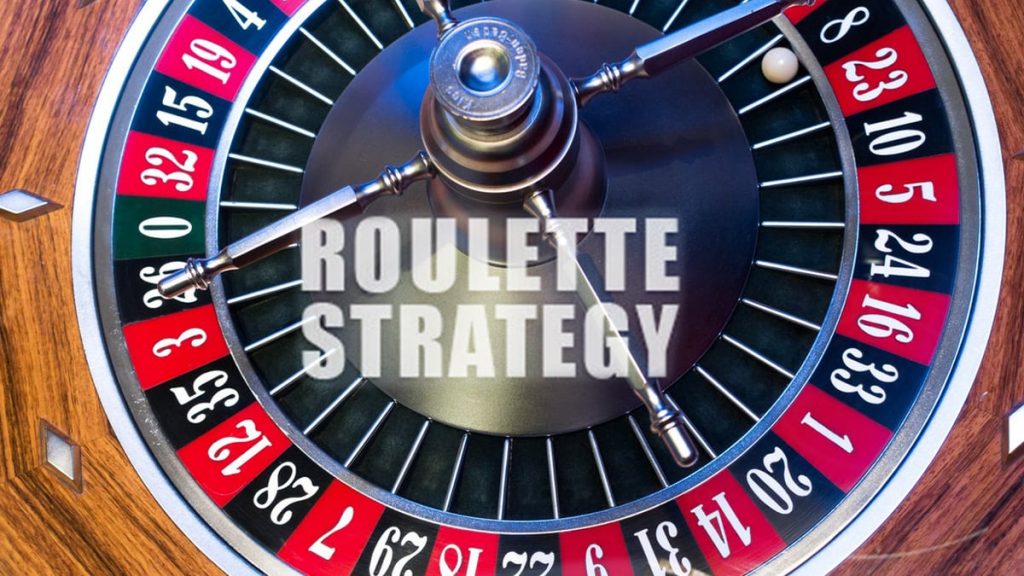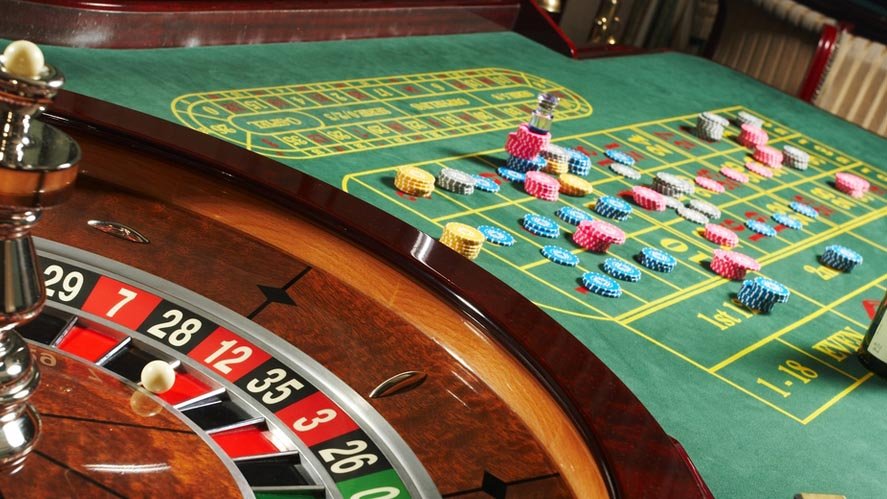Harnessing Chance: Strategies to Turn the Roulette Wheel in Your Favor

An echo of laughter, a cheer, and then the distinctive sound of the spinning roulette wheel – these elements have painted the canvas of casinos for years. Roulette, a game of fortune and speculation, has enamored gamblers across the globe. With its simple yet addictive nature, it presents a challenge to players who believe in turning every chance to their advantage. This article will delve into the strategic side of this enchanting game, revealing how, with the right approach, the fickle wheel can be coaxed to favor you.
The roulette wheel is a whirlpool of numbers, where your fate is decided by a tiny ivory ball. However, by understanding the intricacies of this game, you can increase your odds of leaving the table as a winner. Let’s embark on the thrilling journey of roulette strategy.
Understanding the Basics of Roulette
The heart of every game strategy lies in understanding its basics. Roulette, although perceived as a game of sheer chance, has an underlying structure that can guide players in making wise betting decisions.
The roulette wheel layout, for instance, is not as random as it may seem. American roulette wheels have 38 pockets, including a double zero, which slightly tilt the odds in favor of the house. European wheels, however, have only a single zero and 37 pockets, offering better odds for the player.
Next is the concept of ‘inside’ and ‘outside’ bets. While inside bets have higher payouts, they come with a lower probability of winning. On the other hand, outside bets like ‘Red/Black’, ‘Even/Odd’, or ‘High/Low’, have a higher chance of winning, but with lower payouts. Balancing between the two types of bets forms an integral part of the winning strategy.
Implementing Betting Strategies
Several roulette strategies have been developed over the years, aiming to optimize winnings. The Martingale system, one of the oldest betting strategies, is based on the theory of probability and involves doubling your bet after every loss so that a win would recover all previous losses.
Another strategy, known as the Paroli system, is the exact opposite. It advocates doubling your bet after every win, which means that when you hit a losing streak, you will not lose all your money at once.
A more conservative strategy is the D’Alembert system. In this approach, players increase their bet by one after a loss and decrease it by one after a win. It’s slower but is considered safer than the first two strategies.

Analyzing the Wheel and Dealer
Seasoned roulette players also emphasize the importance of studying the roulette wheel and the dealer. Roulette wheels can have biases, with certain numbers being hit more frequently. Savvy players keep an eye out for these tendencies.
Dealers, too, may unintentionally favor certain sectors of the wheel while spinning. Observing their habits can potentially provide an edge in predicting where the ball will land.
Incorporating Strategies and Enjoying the Game
In the game of roulette, there is no foolproof strategy that guarantees a win. However, by understanding the game mechanics, implementing the right betting strategies, and observing patterns, you can tilt the odds in your favor.
While strategizing is important, enjoying the game is equally crucial. Roulette is an epitome of the thrilling uncertainty that makes casinos so attractive. So, when you venture into the whirl of numbers, do it for the joy of the game. With smart strategies and a dash of luck, you might just hit the jackpot you’ve been aiming for.
Remember, the wheel spins, the ball drops, and where it lands? Well, that’s where strategy meets fortune. Happy gaming!
